Both spearmint leaves and spearmint oil have several culinary, medicinal and commercial uses. Both fresh and dried leaves are used in various culinary preparations. Spearmint oil is very high in carvone content and therefore has great demand in medical and cosmetic industries. A description of various uses of spearmint is given below:
Culinary and Food Uses: Fresh spearmint leaves are pungent with a pleasant aroma and flavour and hence popular among homemakers as a garnishing agent in various food preparations such as fried rice, spicy meat preparations, chutney and sauce preparations. Fresh spearmint leaves are an essential ingredient of famous Touareg Mint Tea which has great health benefits because of its high antioxidant activity. Spearmint tea is also a natural home remedy for stomach aches and mild digestive problems. Spearmint leaves may also be used for flavouring mineral water.
Nutrition in Fresh Spearmint: Fresh leaves are an excellent source of dietary fiber. A 100g of edible portion contains about 6.8g of dietary fiber. It has low calorific value also, approx. 44 kcal per 100g. Fresh spearmint leaves are considered as a rich source of minerals and vitamins such as Vitamin A (4054 IU/100g) and Vitamin C (13.3mg/100g). Descriptions of nutritive value of 100 grams of fresh spearmint, as per USDA, are: Water-85.55 g, Energy-44 kcal, Protein-3.29 g, Total lipid (fat)-0.73 g, Carbohydrate, by difference-8.41 g, Fiber, total dietary-6.8 g, Calcium-199 mg, Iron-11.87 mg, Magnesium-63 mg, Phosphorus-60 mg, Potassium-458 mg, Sodium-30 mg, Zinc-1.09 mg, Vitamin C, total ascorbic acid-13.3 mg, Thiamin-0.078 mg, Riboflavin-0.175 mg, Niacin-0.948 mg, Vitamin B-6-0.158 mg, Folate-105 Aug, Vitamin A-4054 IU, Fatty acids, total saturated-0.191 g, Fatty acids, total monounsaturated-0.025 g and Fatty acids, total polyunsaturated-0.394 g
Nutrition in Dried Leaves: Dried/dehydrated spearmint is richer and concentrated source of minerals, vitamins and dietary fiber. Descriptions of nutritive value of 100 grams of dried spearmint are Water-11.3 g, Energy-285 kcal, Protein-19.93 g, Total lipid (fat)-6.03 g, Carbohydrate, by difference-52.04 g, Fiber, total dietary-29.8 g, Calcium-1488 mg, Iron-87.47 mg, Magnesium-602 mg, Phosphorus-276 mg, Potassium-1924 mg, Sodium-344 mg, Zinc-2.41 mg, Thiamin-0.288 mg, Riboflavin-1.421 mg, Niacin-6.561 mg, Vitamin B-6-2.579 mg, Folate-530 Aug, Vitamin A-10579 IU, Fatty acids, total saturated-1.577 g, Fatty acids, total monounsaturated-0.21 g and Fatty acids, total polyunsaturated-3.257 g
Medicinal Uses of Spearmint: Spearmint oil is used as carminative oil, which soothes the digestive system. Fresh spearmint leaves are used to prepare mint tea which is used to treat stomach ache.
Commercial Uses of Spearmint: Spearmint oil is used as a flavouring agent for toothpastes and mouth cleaners. Spearmint oil is used as a base flavouring agent in many commercial scale food, beverage, and confectionery products. It is also used in skincare products, perfumes, shampoos and soaps as well as in aromatherapy.
We regularly publish informative videos on various “Food, Agriculture, Gardening and Horticulture” topics. You may view these videos here…
You may also check out our Digital Publishing Services for Food, Agriculture, Gardening and Horticulture Sector by visiting this link


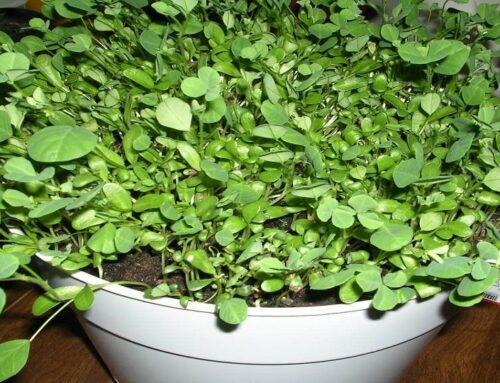
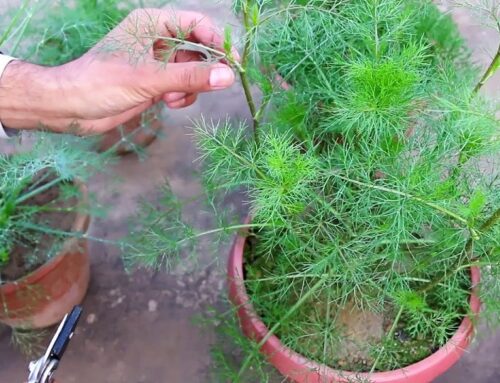
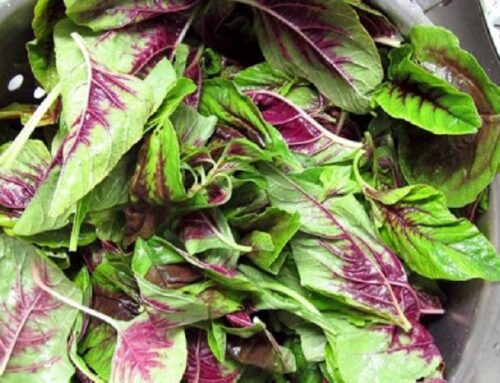
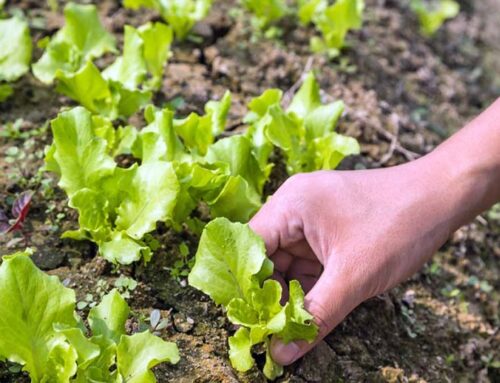
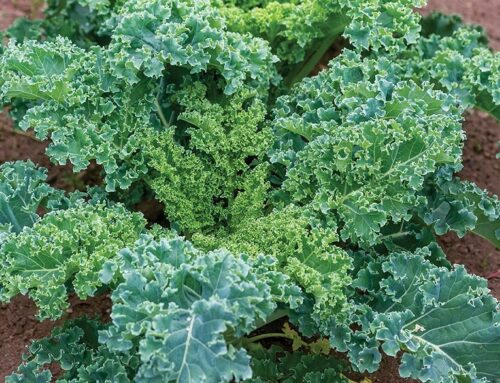
Leave A Comment
You must be logged in to post a comment.